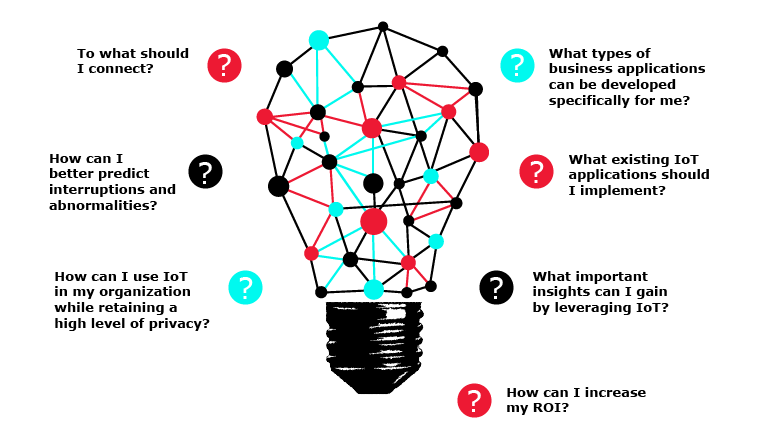3 tips for an IoT implementation strategy
The internet of things has been a buzzword for a few years recently but it has become one of those things that everyone likes to include everything. Most companies can see the potential but don’t know where to begin. We mention a few points here that can potentially be low-hanging fruits when considering an IoT implementation.
Look for narrow slices of demonstrable value:
Despite all the excitement around IoT, there is still plenty of skepticism around the actual value it can deliver. Especially in the enterprise. IT leaders need to demonstrate value through small projects that go from devices to analytics that can be tied to business value. Avoid the risk of spreading your budgets too thinly on one layer of implementation (device, gateway, analysis)
Use existing IT assets wherever possible
Not all IoT is new. RFID has been around for years. Companies already have BI infrastructure in place that can handle large volumes of data. While certain problems may require an overhaul of the fundamental building blocks here, significant value can be extracted by using existing technology while the newer standards converge and technologies mature. For example, we did a project several years ago to monitor retail transactions for Virgin Retail back in 2001 when none of the existing IoT technologies were available.
Pick your largest assets
IoT value for the enterprise is all about managing, monetizing, controlling, or extending the largest assets of your company. In particular, those that are mobile. Look here for your lowest-hanging fruit.
These three simple steps can help you get your bearings straight when starting an IoT initiative. We’d love to hear how you are going about it and what you think other companies should/should not do.
Reference: http://www.gartner.com/technology/reprints.do?id=1-1SIIEJT&ct=140401&st=sb







